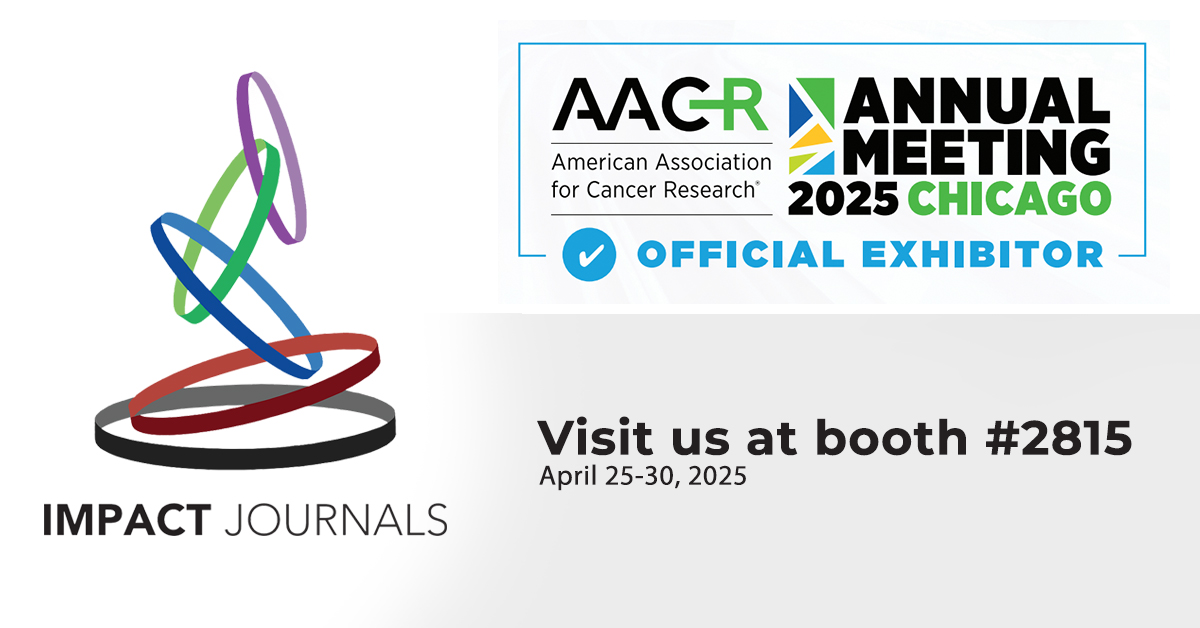Meta-Analysis:
The association of 5HT2A and 5HTTLPR polymorphisms with Alzheimer’s disease susceptibility: a meta-analysis with 6945 subjects
PDF | HTML | Supplementary Files | How to cite
Metrics: PDF 1558 views | HTML 3482 views | ?
Abstract
Liang Tang1,3, Jianming Li1,2, Huaiqing Luo1,3, Meihua Bao1,3, Ju Xiang1,3, Yiwei Chen1,3 and Yan Wang1,3,4
1Department of Human Anatomy, Histology and Embryology, Institute of Neuroscience, Changsha Medical University, Changsha, PR China
2Department of Neurology, Xiang-Ya Hospital, Central South University, Changsha City, Hunan Province, PR China
3School of Basic Medical Science, Changsha Medical University, Changsha, PR China
4Experiment Center for Function, Changsha Medical University, Changsha, PR China
Correspondence to:
Yan Wang, email: [email protected]
Yiwei Chen, email: [email protected]
Keywords: Alzheimer’s disease (AD); 5-hydroxytryptophan 2A Receptor (5HT2A); serotonin transporter (5HTT); Apolipoprotein E (APOE); meta-analysis
Received: July 12, 2017 Accepted: November 15, 2017 Epub: December 22, 2017 Published: March 13, 2018
ABSTRACT
Alzheimer’s disease (AD) is a progressive neurodegenerative disease. Relationships of 5HT2A and 5HTTLPR polymorphisms and AD risk have been widely investigated previously, whereas results derived from these studies were inconclusive and controversial. The aim of this study was to investigate the association of the 5-HT2A and 5HTTLPR polymorphisms and AD using a meta-analysis of existing literatures. Studies were collected using PubMed, Web of Science, the Cochrane Library databases, Chinese National Knowledge Infrastructure (CNKI) and Embase. Pooled odds ratios (ORs) with 95% confidence intervals (CIs) were used to assess associations. As a result, a total of 7 publications for 5-HT2A T102C and 16 publications for 5HTTLPR (L/S) comprised 3255 cases and 3690 controls fulfilled the inclusion criteria. Significant association was covered between allelic and recessive models of 5-HT2A T102C and AD (allelic model: p = 0.003, OR [95% CI] = 1.23 [1.07, 1.40]; recessive model: p = 0.03, OR [95% CI] = 1.28 [1.02, 1.59]). Subsequently, we conducted subgroup analysis for 5-HT2A T102C polymorphism based on ethnicities and APOE ε4, and identified a significantly increased risk for the allelic and dominant models of 5-HT2A T102C and AD in Asian subgroup (allelic model: p = 0.002, OR [95% CI] = 1.42 [1.14, 1.78]; dominant model: p = 0.02, OR [95% CI] = 1.60 [1.09, 2.35]) and subgroup without APOE ε4 (allelic model: p = 0.02, OR [95% CI] = 1.44 [1.05, 1.99]; dominant model: p = 0.0008, OR [95% CI] = 2.49 [1.46, 4.25]). Nevertheless, the pooled analyses suggested no significant association between allelic, dominant, and recessive models of 5HTTLPR (L/S) and AD (p > 0.05). In conclusion, our meta-analysis demonstrates that 5HT2A C10T, but not 5HTTLPR (L/S), might increase risk for AD.
 All site content, except where otherwise noted, is licensed under a Creative Commons Attribution 4.0 License.
All site content, except where otherwise noted, is licensed under a Creative Commons Attribution 4.0 License.
PII: 23611

